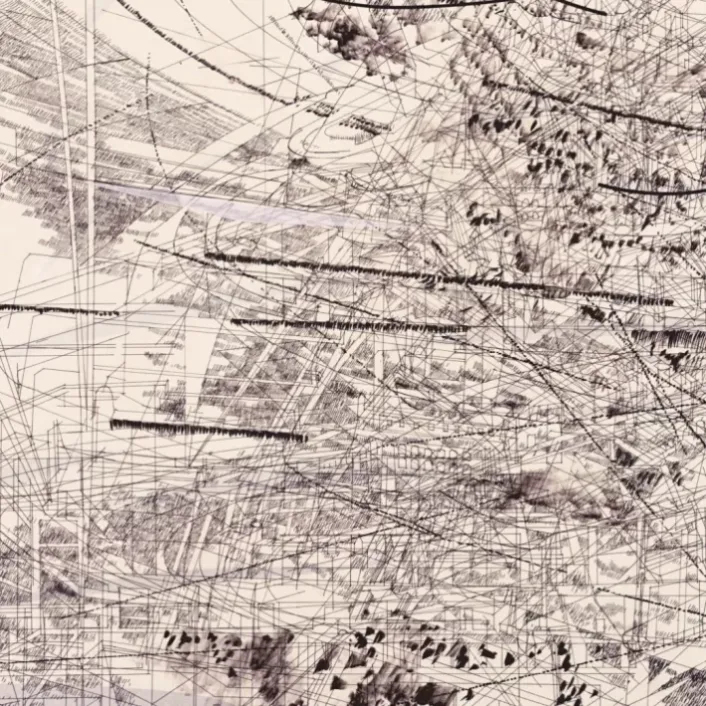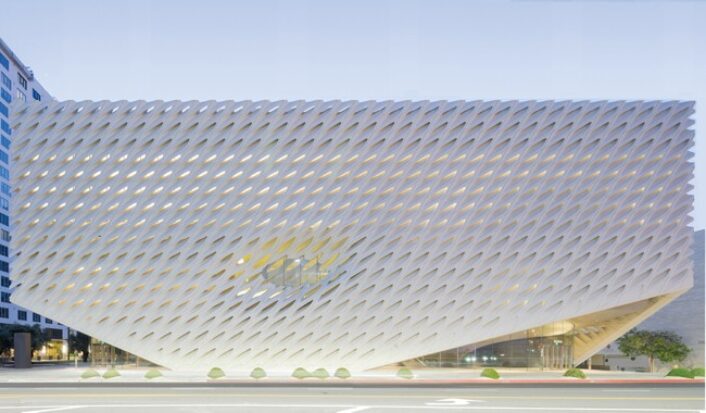Fine Art
Now open- Rubell Museum DC
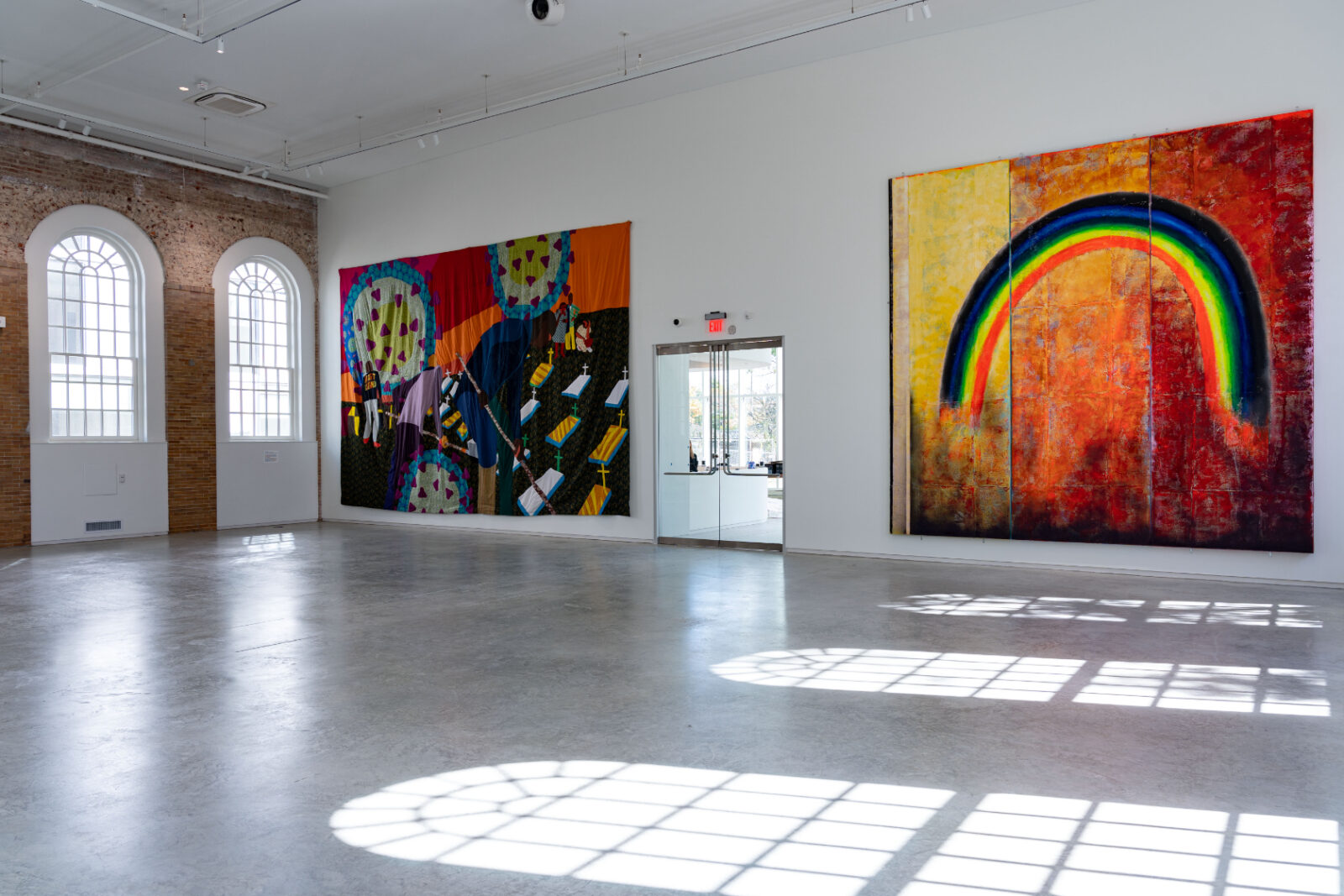
From the Rubell Museum’s opening exhibition “What’s Going On,” works by Christopher Myers and Vaughn Spann.
Image courtesy of dcist, photographed by Chi Lam
Last fall, the Rubell Museum DC opened to the public. The museum’s mission is to serve as a place for audiences to engage with today’s most domestic and international contemporary artists. The museum is located in a building for 1906 which used to house Randall Junior High School. The historically Black public school in Southwest DC ceased operations forty-five years ago in 1978… since then, the building has remained vacant.
The opening draws upon past initiatives of sharing the Rubell Family’s contemporary art collection with local audiences. Free to Washington DC residents, the opening is a wonderful offshoot to the Rubell Family Collection (along with a 2019 expansion to a new location) in Miami.
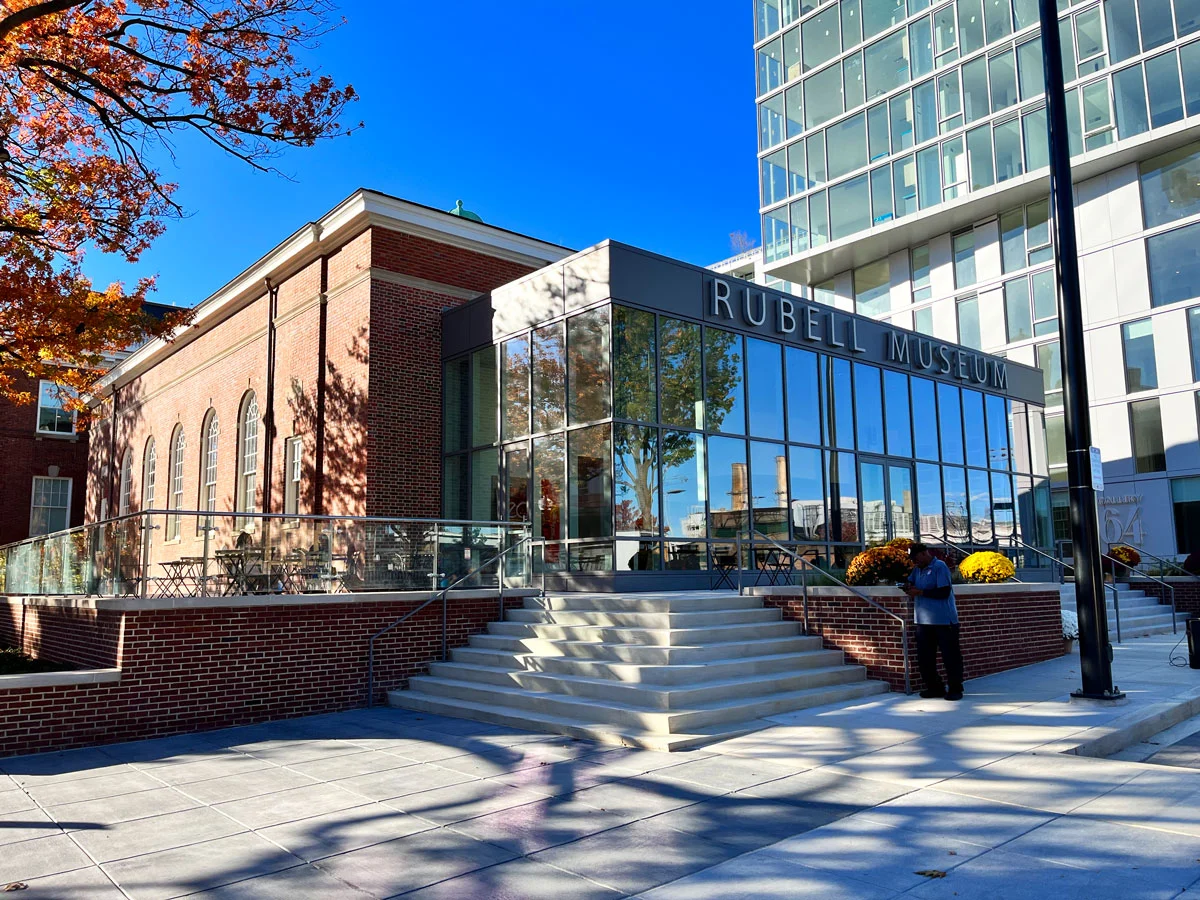
The Rubell Museum DC.
Image courtesy of: ArtNews, photographed by: Maximilian Duron
The museum totals 32,000-square-feet and preserves the school’s original layout. Mera Rubell, a Head Start teacher said (courtesy of Galerie Magazine), “The museum’s historic setting in a place of learning invites the public to explore what artists can teach us about the world we live in and the issues with which we are wrestling as individuals and as a society. As a former teacher, I see artists and teachers playing parallel roles as educators and in fostering viciv engagement. With the preservation of this building, we honor the legacy of the Randall School’s many teachers, students, and parents.”
The museum’s intimate setting was made possible by a preservation which was beautifully performed by the architecture firm, Beyer Blinder Belle. Former classrooms were transformed into galleries and the smaller “corridor-size” teacher rooms allow visitors to get very close to the artwork.
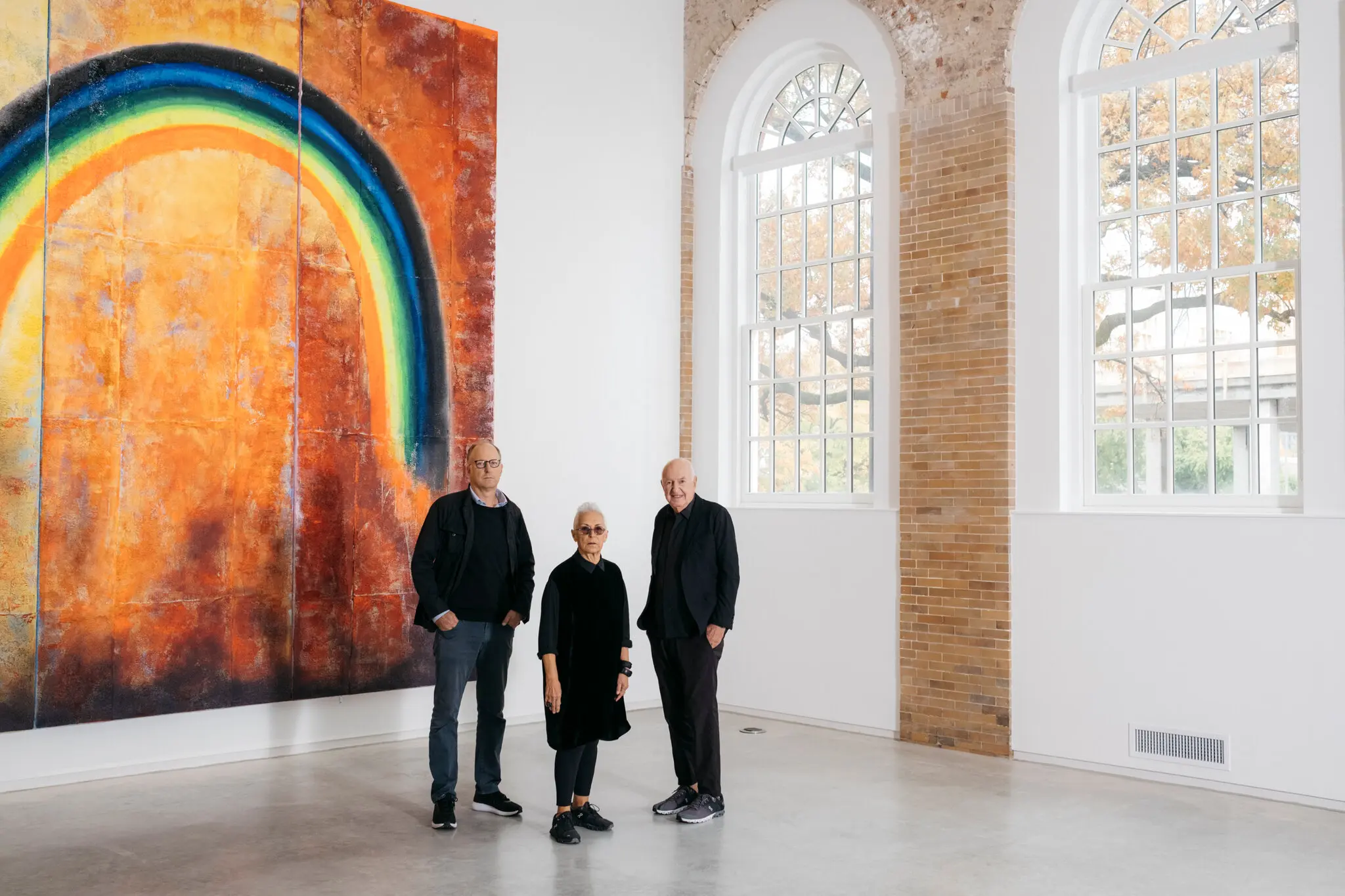
Jason, Mera, and Donald Rubell in front of “Big Black Rainbow (Smoky Eyes)” by Vaughn Spann.
Image courtesy of: The New York Times, photographed by: Justin T. Gellerson
The adaptive reuse of the building’s 4,000-square-foot auditorium serves as a space for presenting large-scale artwork and in-person performances. The new glass pavilion entrance is a wonderful entryway that leads to an open space filled with wall-to-wall pieces of art.
The Rubell family consider themselves lucky to have been able to purchase this building. The space was originally meant to be the Corcoran Gallery of Art; however the 2008 economic downturn caused the the gallery to go out of business. Thereafter, the Rubells partnered with Toeless and Lowe Enterprises to create a museum and an apartment building that offers affordable housing. The renovation, at a cost of $22 million, included painting the building’s “bones,” including the brick walls, arched windows, and wooden floors. In addition (courtesy of The New York Times), “They preserved the serpentine configuration of the classrooms and refurbished the ceiling beams into tables and benches.”
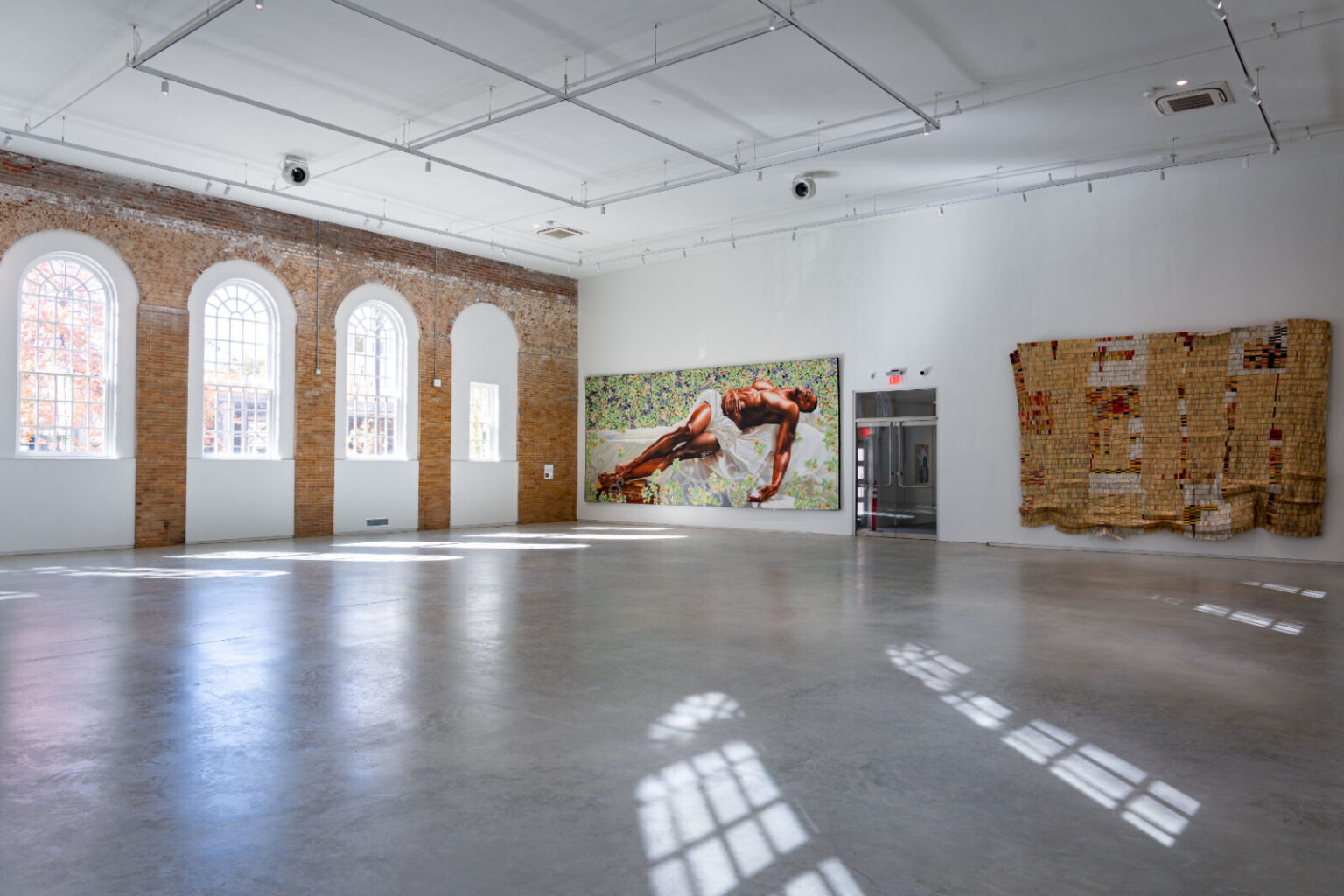
“Sleep” by Kehinde Wiley is enormous at 11 feet x 25 feet, left. A piece by El Anatsui, a Ghanaian artist, on the right. Both artwork were part of the Museum’s opening exhibition, “What’s Going on.”
Image courtesy of: WAMU, photographed by: Chi Lam
The family has amassed over 7,400 pieces of art over the last fifty years; today, the collection is considered one of largest and most important contemporary art collections in the country. The Rubells are not new to contemporary art and museums. For 23 years, they have displayed their collection of works by one thousand artists in a former Drug Enforcement Agency building in Miami. In late 2019, the entire collection was moved to the Annabelle Selldorf-designed building in the Wynwood district. Aptly called the Rubell Family Collection, this was a gift to the couple’s adopted hometown of Miami.
Out of the 100,000-square-foot campus, 80,000-square feet is available to the public across forty galleries, event spaces, an indoor-outdoor restaurant, a garden courtyard, and the largest art research library in South Florida. This experience differs vastly from the intimate DC museum where (as Mera described it perfectly), “When I take people on a tour, I always say ‘Put your hands behind your back so that you don’t freak out the security guard, and go really close to the painting. ‘Because when you see a painting from back here it’s different than when looking at it really, really close. Here, I don’t even to tell them that because the minute they walk from the classroom into the teacher’s room, the works are right in your face.”
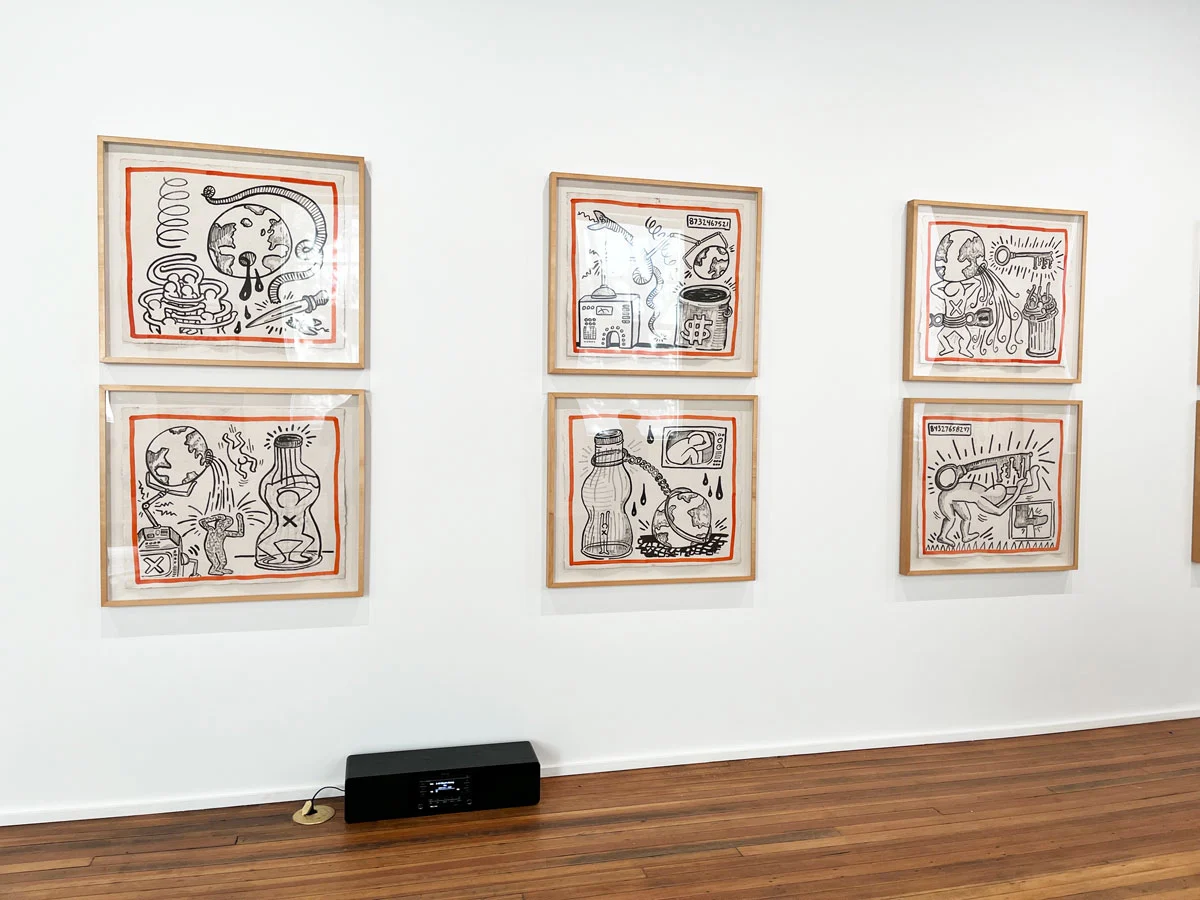
Part of Keith Haring’s “Against All Odds,” 1989. The paintings hang above a speaker that is playing Marvin Gaye’s “What’s Going On” in the background.
Haring’s “Untitled (Against All Odds)” work is a series of twenty ink and gouache drawings that were inspired by Gaye’s progressive lyrics. Interestingly, Haring’s works have been exhibited throughout Europe at many major art retrospectives.
Image courtesy of: ArtNews, photographed by: Maximiliano Duron
The Museum’s opening exhibition was quite innovative. Titled “What’s Going On,” the name comes from the “groundbreaking 1971 album by Randall Junior High School alumnus Marvin Gaye.” The exhibition is made up of 190 works by fifty artists who are using their artwork to respond to political and social issues… similar to Gaye’s public condemnation of the Vietnam War. Among some of the artists included in the show were Cecily Brown, Rashid Johnson, and Sylvia Snowden.
Always up for a challenge, many critics wondered whether opening a contemporary art museum in Washington DC was viable. Traditionally, Washington DC has shied away from progressive public institutions and associated itself with historic museums. However the Rubells were adamant that the country’s capital would be well-served by this “outlier.” Specifically, Arnold L. Lehman, the Brooklyn Museum’s former director, now at Phillips, said, “It’s unbelievably important for that community- it’s great for Washington.” As for the “spot-on” exhibition title, Mera said, “The absolute truth is that every artist in our collection could be in this show. What’s going on is contemporary art. That’s the definition.”
